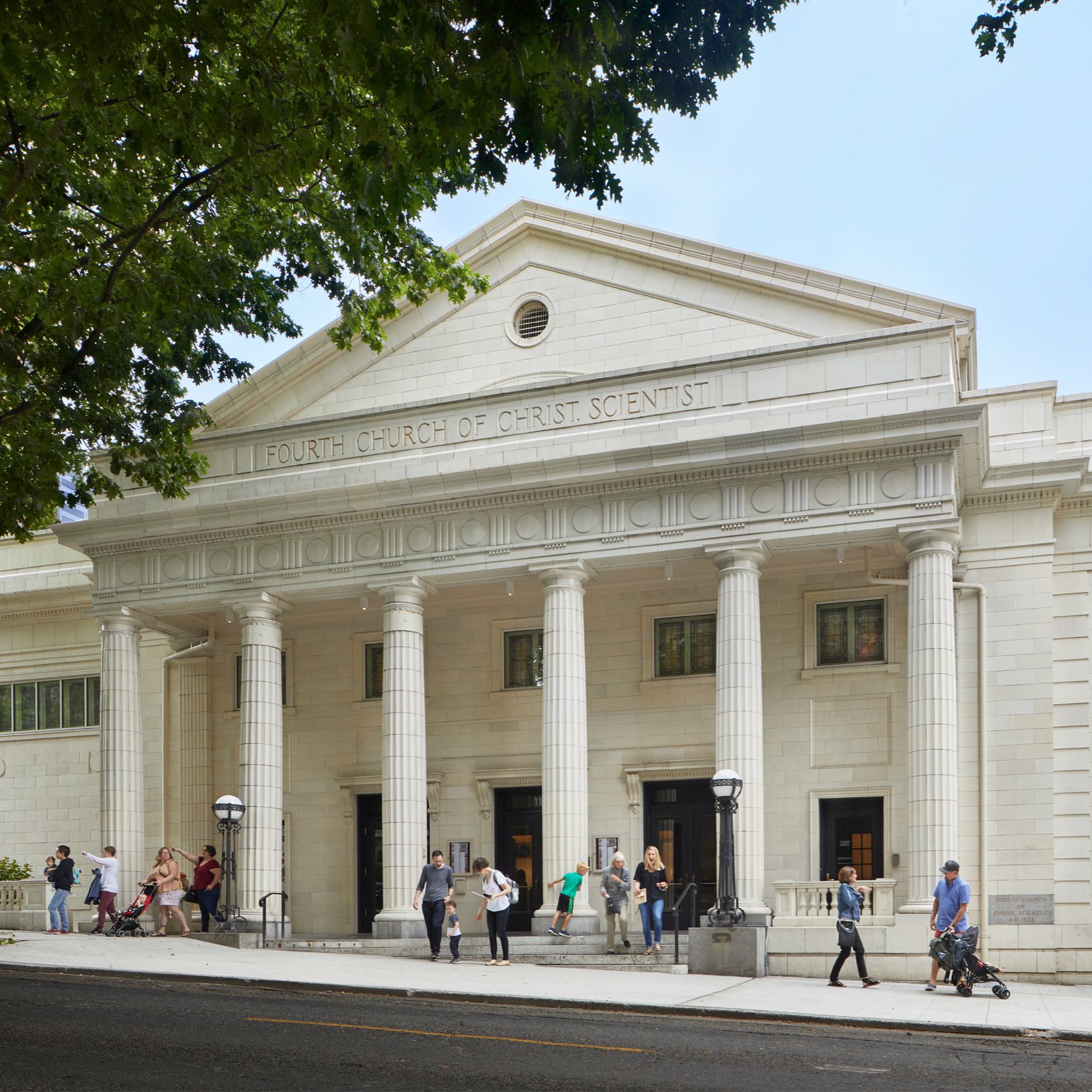
SEATTLE, UNITED STATES
Vulnerability map
Seattle is located on the Seattle Fault Zone, a series of east-west thrust faults which are the primary source for shallow quakes
 Shallow Quakes
Shallow Quakes
An earthquake which originates within 40 miles of the earth’s surface. Shallow quakes can be more damaging than deep quakes. in Seattle. The Seattle Fault has only produced three or four quakes over the past three thousand years. Deep quakes Deep Quakes
Deep Quakes
An earthquake which originates more than 40 miles beneath the earth’s surface. Deep quakes may be less severe than shallow quakes or megathrust quakes, because energy has dissipated by the time it reaches the surface. However, they can still cause significant damage, as in the 2001 Nisqually Earthquake. from the interaction of tectonic plates are much more common. The 2001 Nisqually Earthquake, a deep quake, primarily impacted unreinforced masonry or concrete buildings in First Hill, Pioneer Square, and Sodo, as well as the Alaskan Way Viaduct, which has since been demolished. The largest type of earthquake threatening Seattle is the Subduction Zone (or Megathrust) Quake, caused by the Juan de Fuca tectonic plate, extending from northern California to British Columbia, subducting beneath the North American plate. The last known Subduction Zone quake in the Pacific Northwest occurred in 1700, causing tsunamis both on the northwest coast of the US and the eastern coast of Japan. The Cascadia subduction zone is expected to be the source of the next catastrophic earthquake.
 Shallow Quakes
Shallow Quakes
An earthquake which originates within 40 miles of the earth’s surface. Shallow quakes can be more damaging than deep quakes. in Seattle. The Seattle Fault has only produced three or four quakes over the past three thousand years. Deep quakes
 Deep Quakes
Deep Quakes
An earthquake which originates more than 40 miles beneath the earth’s surface. Deep quakes may be less severe than shallow quakes or megathrust quakes, because energy has dissipated by the time it reaches the surface. However, they can still cause significant damage, as in the 2001 Nisqually Earthquake. from the interaction of tectonic plates are much more common. The 2001 Nisqually Earthquake, a deep quake, primarily impacted unreinforced masonry or concrete buildings in First Hill, Pioneer Square, and Sodo, as well as the Alaskan Way Viaduct, which has since been demolished. The largest type of earthquake threatening Seattle is the Subduction Zone (or Megathrust) Quake, caused by the Juan de Fuca tectonic plate, extending from northern California to British Columbia, subducting beneath the North American plate. The last known Subduction Zone quake in the Pacific Northwest occurred in 1700, causing tsunamis both on the northwest coast of the US and the eastern coast of Japan. The Cascadia subduction zone is expected to be the source of the next catastrophic earthquake.
Seattle is known for its distinct neighborhoods, many of which have over century-old masonry buildings. Ballard, Pioneer Square, and the Central District have especially dense concentrations of these structures. The combination of recent rapid development in Seattle and the historic structures that define these neighborhoods create a complex and multi-layered urban experience.
The very features which give so many of Seattle’s neighborhoods their historic appeal are also the city’s most urgent vulnerability. Many of the beautiful brick buildings are unreinforced masonry (URM) buildings.
 Unreinforced Masory Buildings (URM)
Unreinforced Masory Buildings (URM)
A building with load-bearing masonry (brick, stone, concrete block, tile, adobe) walls that are not braced by reinforcing material. Such structures may be brittle and are at risk of failure during earthquakes. Over the past several years, the City of Seattle has been developing a URM retrofit policy and maintaining a list of over a thousand unreinforced masonry buildings throughout the city, the majority of which have not been retrofitted.
 Unreinforced Masory Buildings (URM)
Unreinforced Masory Buildings (URM)
A building with load-bearing masonry (brick, stone, concrete block, tile, adobe) walls that are not braced by reinforcing material. Such structures may be brittle and are at risk of failure during earthquakes. Over the past several years, the City of Seattle has been developing a URM retrofit policy and maintaining a list of over a thousand unreinforced masonry buildings throughout the city, the majority of which have not been retrofitted.
SEISMIC TIMELINE
CASE STUDIES



